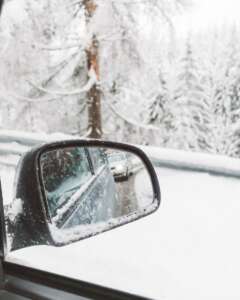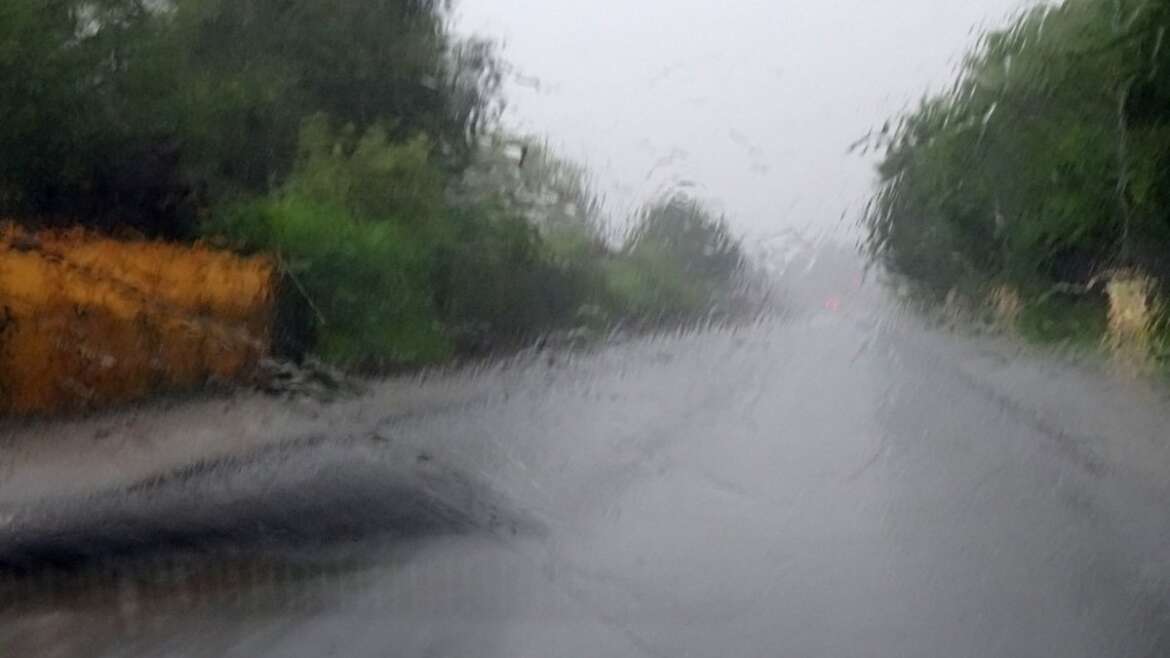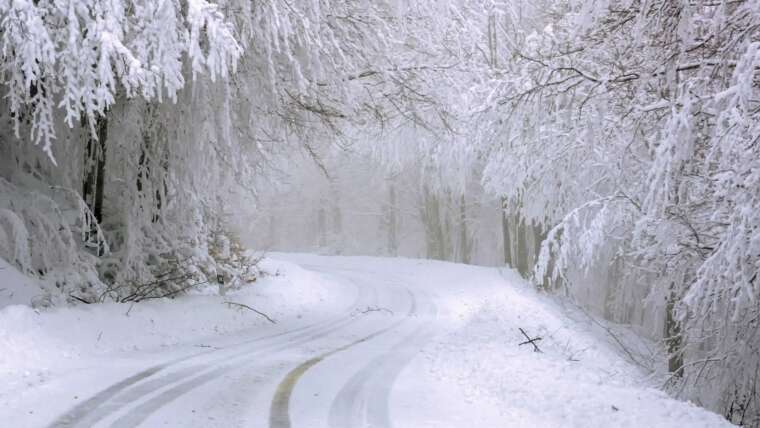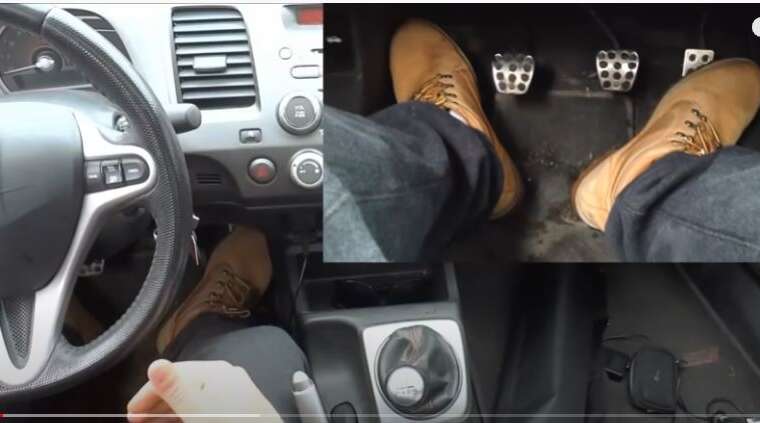
Rain & Flooded Roads
Drive slow enough to be able to stop within the distance you can see. If your windshield wipers do not clean the windshield without streaking, replace them.
Try to drive on clear sections of road. Look ahead and plan your movements. Smooth steering, braking and accelerating will reduce the chance of skids. Leave more space between you and the vehicle ahead in case you have to stop. This will also help you to avoid spray from the vehicle ahead that can make it even harder to see
When driving on flooded roads, the water may prevent your brakes from working.
If you must drive through a flooded stretch of road, test your brakes afterwards to dry them out.
Snow & Whiteouts
Snow may be hard-packed and slippery as ice. It can also be rutted, full of hard tracks and gullies.
Look ahead and anticipate what you must do based on the conditions.
Slow down on rutted, snowy roads. Avoid sudden steering, braking or accelerating that could cause a skid.
When blowing snow is forecast, drive only if necessary and with extreme caution. Blowing snow can block your view of the road and create whiteouts.
Remember
Always check weather forecasts and road reports before you are going for a drive. If there is a weather warning, or reports of poor visibility and driving conditions, delay your trip until conditions improve, if possible.
Below are some safe driving tips in case you get caught in blowing snow or a whiteout:
- Reduce speed gradually
- Reduce distractions in your vehicle; Pay FULL attention to the road
- Be patient, avoid passing, lane changing and crossing traffic
- Stay alert and keep looking as far ahead as possible
- Make sure that the lighting system of your vehicle is turned on – Make yourself visible.
- If possible, pull in to a safe parking spot when visibility is near zero



